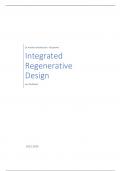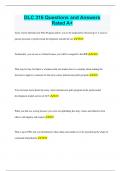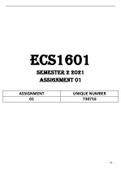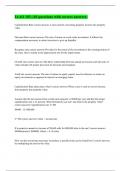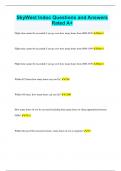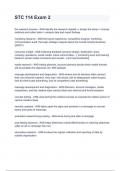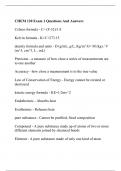Notes de cours
Integrated Regenerative Design PART 1
- Établissement
- Katholieke Universiteit Leuven (KU Leuven)
In this document you find an overview of all the classes given by Luc Eeckhout in the lesson Integrated regenerative design. It has all the important slides, case studies and notes in one clear document. Lessons 1-7
[Montrer plus]
